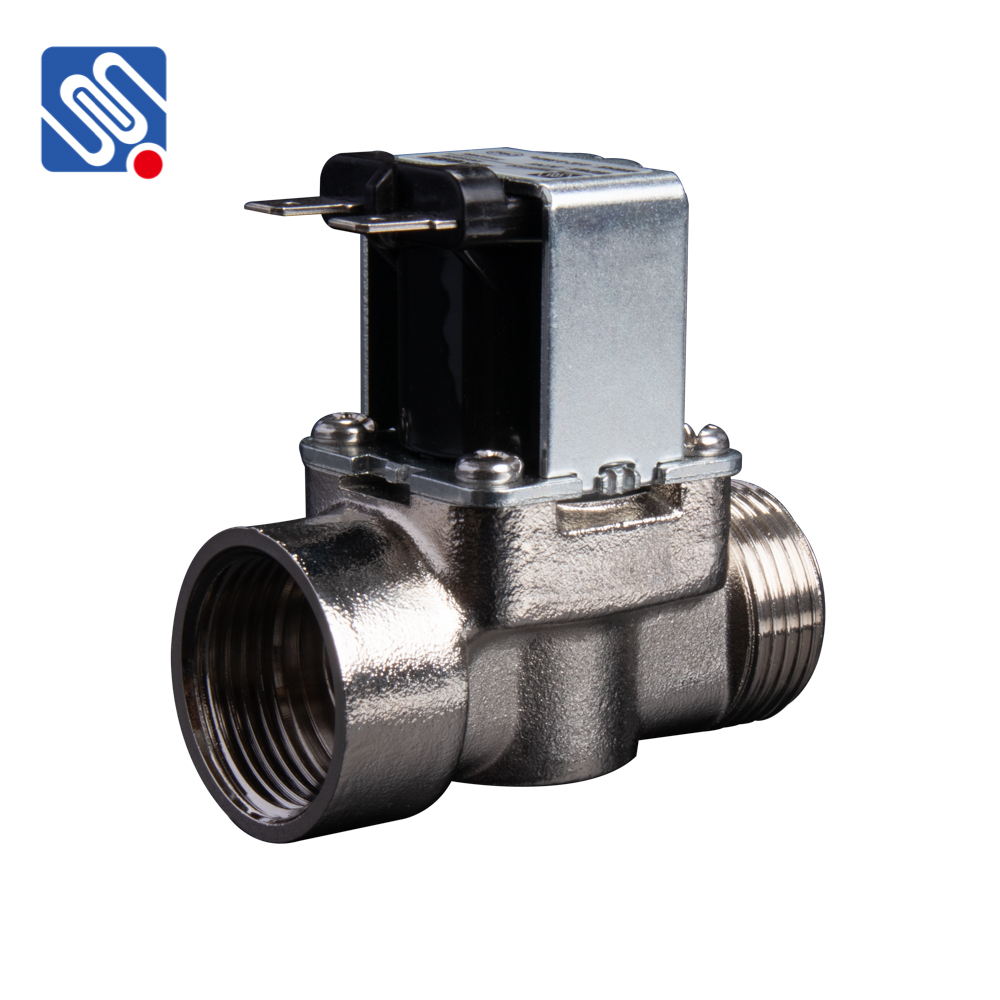The Hot Water Solenoid Valve is a key component used in various applications where the control of hot water flow is necessary. As a type of electromechanical valve, it is activated by an electric current, which triggers the valve to open or close, controlling the flow of hot water through a system. These valves are essential in maintaining the efficiency and safety of heating systems, household appliances, and industrial applications that require precise water management. In this article, we will delve into the workings, applications, and benefits of Hot Water Solenoid Valves, highlighting their importance in modern fluid control systems.

How It Works: The Basics of a Hot Water Solenoid Valve A solenoid valve, in general, consists of an electromagnetic coil, a movable core, a spring, and a valve body. When an electric current passes through the coil, it creates a magnetic field that pulls the core, opening or closing the valve. For Hot Water Solenoid Valves, the mechanism is similar, but with specific design considerations to handle high-temperature water. When the solenoid is activated, it moves the valve’s internal mechanism, allowing water to flow or blocking it depending on the design. The most common configurations are either normally open (NO) or normally closed (NC) valves. In a normally closed valve, the solenoid’s absence of current keeps the valve closed, while applying current opens it. In contrast, a normally open valve allows water to flow without electric current, closing when the solenoid is energized.
Leave a Reply
You must be logged in to post a comment.